Beijing Carved Porcelain Embodies Unique Artistic Charm
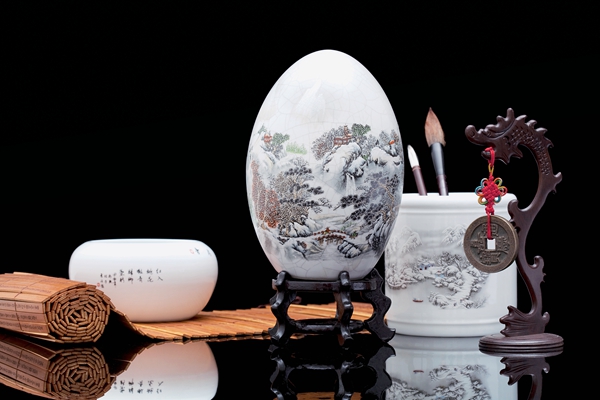
China is home to porcelain. There are thousands of art forms related to porcelain in the country. Among these art forms, Beijing carved porcelain embodies unique artistic charm.
Porcelain carving is derived from jade carving and stone carving. It first appeared during the Song Dynasty (960-1279), and prospered in the late Qing Dynasty (1616-1911). By carving, the sleek surface of porcelain is engraved with different patterns and/or poem inscriptions, adding a three-dimensional effect to the porcelain.
Beijing carved porcelain is unique among various types of carved porcelain across China. As an element designated Beijing's intangible cultural heritage, Beijing carved porcelain originated during the reign of Emperor Qianlong (1711-1799) in the Qing Dynasty. There was an office in the imperial palace, especially set up to recruit skillful craftsmen from around the country to work for the imperial family. In the late Qing Dynasty, a high-ranking official Yin Chenbi set up an arts and crafts school (in Beijing), which provided training courses on various arts and crafts, including Beijing carved porcelain. A brief introduction to its history reveals the characteristics of Beijing carved porcelain: Closely connected with imperial families' needs, the porcelain is considered noble and thus favored by collectors.
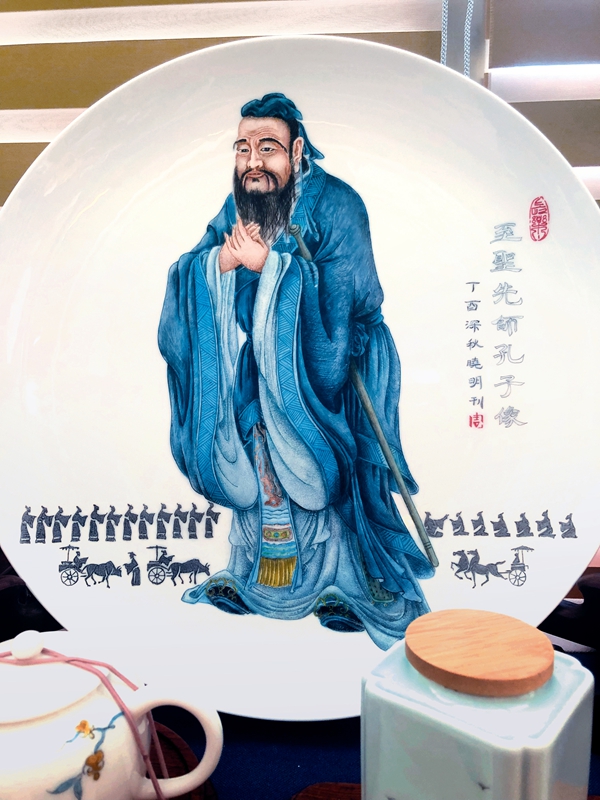
Refined Craftsmanship
As its name indicates, carved porcelain refers to porcelain carved by specially made knives. The carvings might be deep, shallow, thick or light, which is controlled by the artist to express the spirit of the calligraphy and/or images to be carved. As a result, the paintings and the porcelain are complementary and add color to each other.
To create a fine carved porcelain, craftspeople must complete two procedures. The first one is designing. Before carving, artists usually design and visualize the whole crafts in their minds, which requires them to possess and draw on both artistic technique and experience. After designing comes drafting. The artists need to outline the patterns of what they've conceived on the surface of the porcelain, laying a foundation for carving.
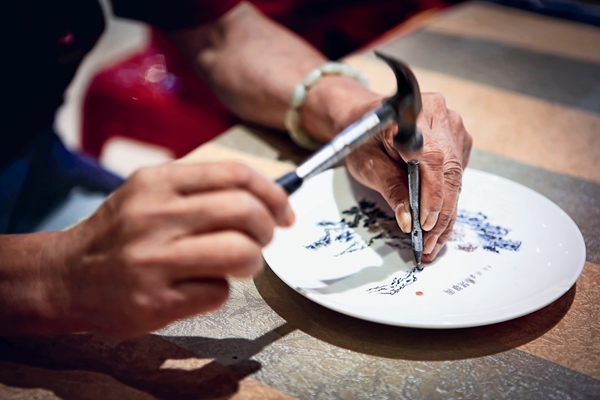
There are three kinds of skills in the carving of porcelain. The first one is chiseling. An artist normally grips a small cuboid wood block with two adjacent fingers as a hammer, and then with it he knocks the top of the diamond chisel rhythmically. Through different levels of strength used during chiseling, varied shades and patterns can be created.
The second kind of skill is carving. After drawing the outlines, the artist starts carving the patterns on the surface of the porcelain with a diamond knife.
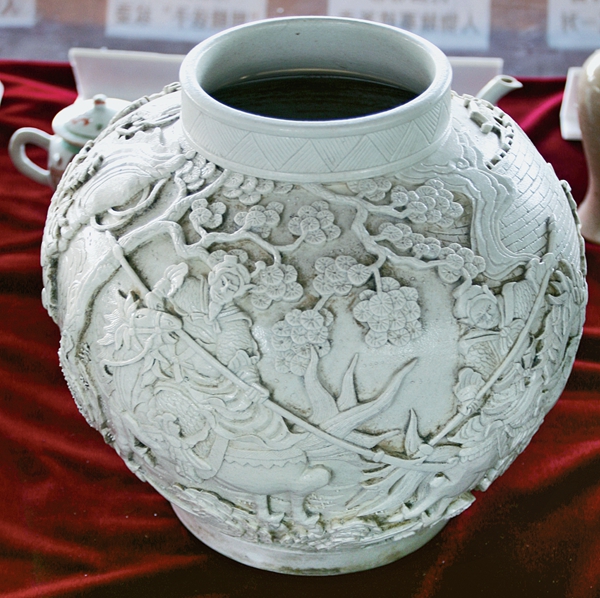
The third kind of skill is engraving, mainly used for outlining patterns. For example, when an artist carves a human figure on the porcelain, he/she engraves the outlines of the figure's clothes, before he/she chisels or carves for further refining.
After the carving process is completed, the artist fills in the patterns with colors. This step might be repeated several times for a natural, clean, and detailed result. Normally, a finished piece might need a dozen or dozens of layers of coloring.
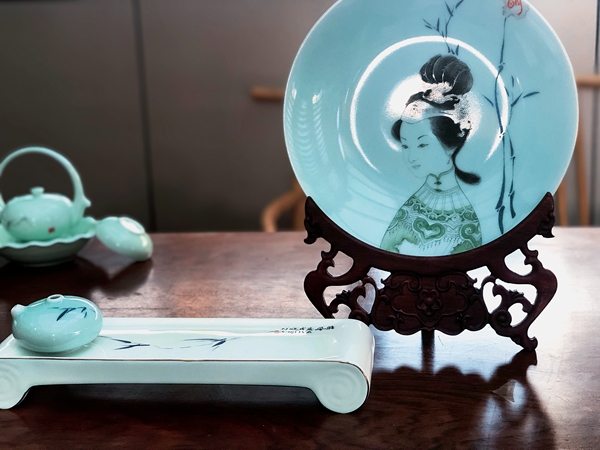
Beijing carved porcelain is crafted on the glazed surface of porcelain by utilizing the skills of chiseling, engraving, and carving to present various details of a traditional Chinese painting. The carved images are colored with Chinese ink or colorful pigments. Given the clear contrast between the smooth glaze and the harsh carved tracks (on the porcelain), many collectors consider the items have high artistic and collectible value.
Today, few pieces of carved porcelain from the Qing Dynasty remain in the world. This is mainly due to two reasons. First, this craft requires advanced skills, as porcelain is hard and brittle with a slippery surface. Second, as porcelain carving is integrated with the elements of painting and carving crafts, creating a piece of porcelain requires much time and effort.
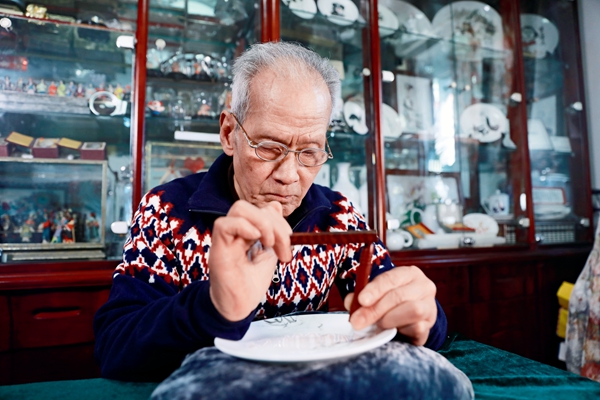 |
| Chen Yongchang |
Life-Long Devotion
In the 1900s, learning crafts was the best way to make a living for those who lived at the subsistence level. As his family was poverty-stricken, Chen Zhiguang, a Beijinger, dropped out of school in 1904. His parents sent him to the arts and crafts school, in Beijing's Xuanwu District, to learn porcelain carving from the famous artist Hua Yuesan. Chen Yongchang, Chen Zhiguang's son, is the third-generation inheritor of the craft of creating Beijing carved porcelain.
Chen Yongchang began his career at the age of 16. Over the following 60 years, he got the essence of his father's skills, and incorporated his own style of Chinese calligraphy and Chinese painting into his carving, creating works with profound cultural appeal to viewers.
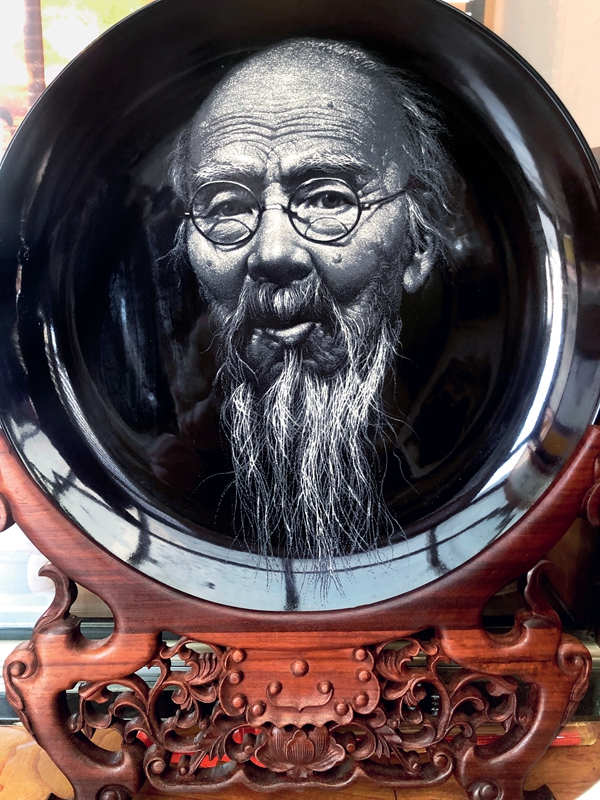
Now in retrospect, Chen says the biggest lesson he learned throughout his career was that inner peace is critical to creating excellent porcelain carvings. He stresses an artist must focus his/her full attention when carving, as a reconnected line is easily noticeable. The whole process demands patience, which can only be cultivated through practice.
For a long time, Beijing carved porcelain remained little known in China. In 2009, the craft (of creating the porcelain) was added to the list of Beijing's items of intangible cultural heritage, which brought it attention and financial aid from the Beijing's municipal government. In 2014, the Intangible Cultural Heritage Protection Center of Beijing's Xicheng District organized an activity to pool volunteers, who were interested in China's traditional craftsmanship, and teach them the skills. In 2017, the government held lectures, in Beijing Union University, to publicize Beijing carved porcelain among college students.
Chen Yongchang hopes more young people will join him and other craftspeople in promoting the traditional craft. Now, Chen is passing this craft on to his student Zhou Xiaoming, who was one of the volunteers in 2014.
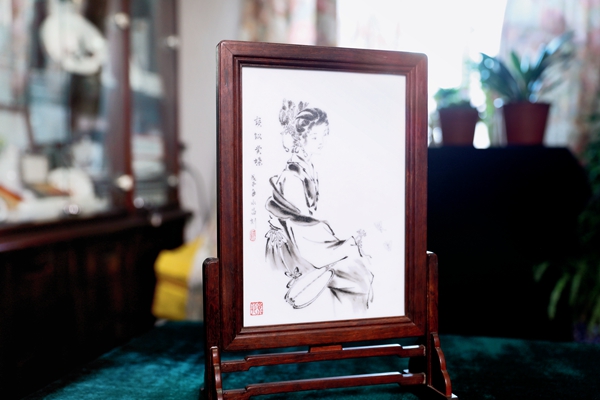
Injecting Emotions
Zhou Xiaoming is one of those referred to as millennials. She is now the fourth-generation inheritor of the craft of creating Beijing carved porcelain. Born in the suburbs of Zibo (a city in East China's Shandong Province), Zhou says she grew up in a ceramic production center, and became familiar with the craft from an early age. In addition, she majored in ceramic design in college, and has studied Chinese painting since her childhood.
In Zhou's eyes, porcelain carving is quite an art, and the deep understanding of its theory is the essential prerequisite for its innovation.
The injection of new blood into this venerable art is revitalizing Beijing carved porcelain. There is still much lying ahead for us to further explore the two-century old art.
Photos Supplied by Deng Di and VCG
(Source: China Today/Women of China English Monthly April 2023 issue)
Please understand that womenofchina.cn,a non-profit, information-communication website, cannot reach every writer before using articles and images. For copyright issues, please contact us by emailing: website@womenofchina.cn. The articles published and opinions expressed on this website represent the opinions of writers and are not necessarily shared by womenofchina.cn.

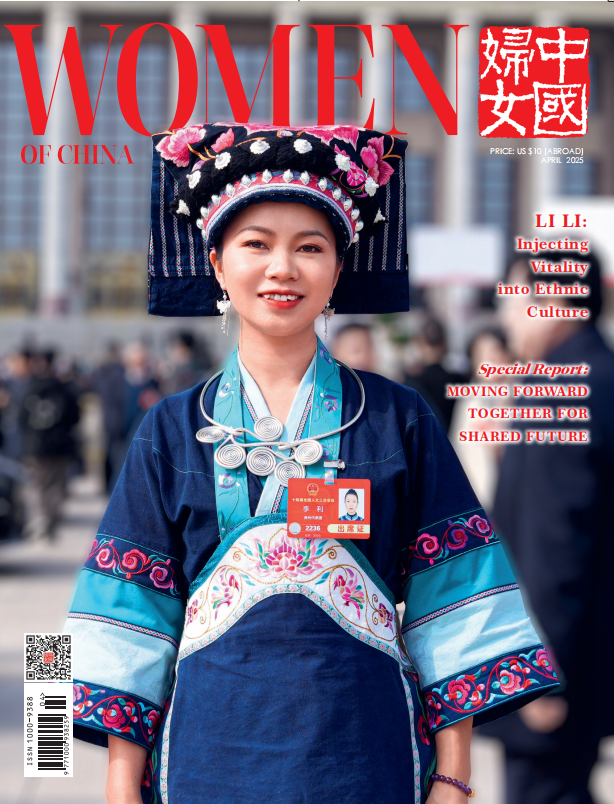






.jpg)

 WeChat
WeChat Weibo
Weibo 京公网安备 11010102004314号
京公网安备 11010102004314号